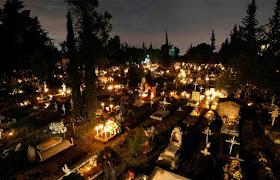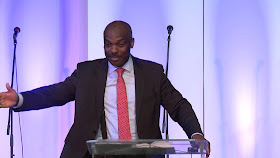 "Martin Bucer, Bucer also spelled Butzer (1491-1551) Protestant Reformer, mediator, and liturgical scholar best known for his ceaseless attempts to make peace between conflicting reform groups. He influenced not only the development of Calvinism but also the liturgical development of the Anglican Communion.
"Martin Bucer, Bucer also spelled Butzer (1491-1551) Protestant Reformer, mediator, and liturgical scholar best known for his ceaseless attempts to make peace between conflicting reform groups. He influenced not only the development of Calvinism but also the liturgical development of the Anglican Communion....he became acquainted with the works of the great humanist scholar Erasmus and of Martin Luther, the founder of the Protestant Reformation. In 1521 Bucer withdrew from the Dominicans and entered the service of the count palatine of the Rhine, one of the seven electors of the Holy Roman emperor. The following year he became pastor of Landstuhl, where he married a former nun. Excommunicated by the church in 1523, he made his way to Strasbourg,
Bucer often advocated the use of obscure language and ambiguous formulas when explicit agreement between the opposing parties was impossible to attain. His justification for the use of ambiguity was that he believed that the essential goal was the reform of the people and the doctrinal issues could be worked out later. At Basel in 1536, Bucer participated in the writing of the First Helvetic Confession, a document that was considered by many Reformed theologians to veer too much toward Luther’s views, especially regarding the Lord’s Supper.
Bucer’s policy of agreement by compromise was seen in a better light when it was applied to the problem of religious toleration. Under Bucer’s policies there was less persecution of Anabaptists and other minority groups in Strasbourg than in most of Europe.
Bucer supported the offical, cautious reform program of Cranmer and the scholarly Nicholas Ridley against the more radical reform of the English church urged by the Zwinglian John Hooper and the Scottish Reformer John Knox. The First Prayer Book of Edward VI (1549), the liturgical book of the newly Reformed English church that contained evidence of Lutheran influence, was submitted for formal criticism to Bucer, who could not speak English. His assessment, the Censura, delivered to the Bishop Ely a month before Bucer died, pointed out the vague Lutheranisms of the prayer book. " Britannica
And, having made peace through the blood of his cross, by him to reconcile all things unto himself; by him, I say, whether they be things in earth, or things in heaven.
Colossians 1:20

























